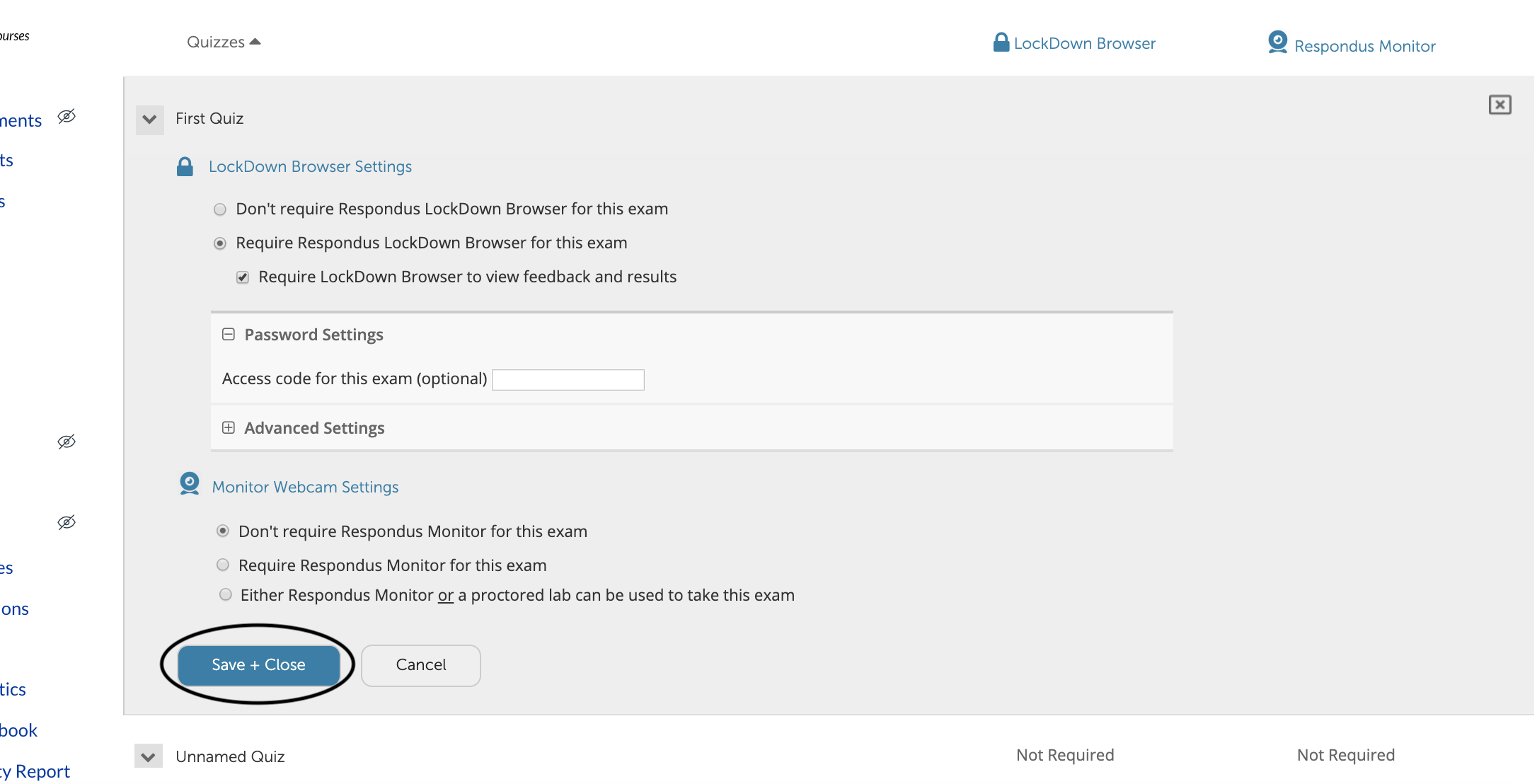
- #SAFE EXAM BROWSER CANVAS PDF#
- #SAFE EXAM BROWSER CANVAS SOFTWARE#
- #SAFE EXAM BROWSER CANVAS CODE#
- #SAFE EXAM BROWSER CANVAS PASSWORD#
The illustration above shows the two internal components which SEB consists of, the kiosk application and the browser part. In addition a third party application can be allowed to run at the same time, for example Excel or R Schematic illustration of an online exam with Safe Exam Browser and a LMS, for example ILIAS or Moodle. The kiosk application locks down the examination computer, the browser part communicates over the internet (or a LAN) with the quiz module of an LMS running on a server. SEB consists of a kiosk application and a browser part, which are running on an examination computer or tablet device. For more information see our privacy statement. If an SEB client has been configured to connect to a video conferencing service or an SEB server instance, this will be indicated to candidates when starting an exam session and video/audio proctoring/support must be explicitly agreed to by each exam candidate in a dialog box.

This video conferencing connection must also be configured individually and is always disabled by default.

This also applies to the support and proctoring capabilities in new SEB versions via video conferencing services such as Jitsi Meet (open source, can be installed on a self-operated server) or Zoom (commercial, cloud-based). This is strictly optional and must be configured individually in any case. SEB clients can then be connected to such an SEB server instance using individual configuration files.
#SAFE EXAM BROWSER CANVAS SOFTWARE#
SEB does not connect to any central server or cloud service! SEB Server is being developed as an independent open source software component that can be installed on a self-operated server. Some learning management systems (LMS) like for example Moodle, ILIAS, OpenOLAT and exam solutions as Inspera Assessment offer a quiz mode specifically compatible with SEB.

Generally SEB works with any web based LMS and other kinds of web based exam systems. SEB runs on a local computer and it is connected via the internet to a learning management system (LMS) or an e-assessment system. It controls access to resources like system functions, other websites and applications and prevents unauthorized resources being used during an exam. The software turns any computer temporarily into a secure workstation. Screenshots Demonstrating Canvas Test Set UpSafe Exam Browser is a web browser environment to carry out e-assessments safely.
#SAFE EXAM BROWSER CANVAS CODE#
Remind them that the Harvard Honor Code applies and that you expect them not to access outside materials during the test. Tell students that they will be taking a closed-book test and should close all applications and browser tabs other than the one for your course Canvas Site. Direct students to set up their webcam so that it shows a good view of them in their work area. See below for illustrative screenshots To Give an Auto-Graded or Canvas-Based TestĬreate your test questions using the available Canvas Quiz question types.Īll students must have a working webcam. If, during the exam, you or a TF cannot adequately see a student work area, ask the student to reposition their camera.
#SAFE EXAM BROWSER CANVAS PASSWORD#
Once you have finished giving instructions, give the access password so students can begin the exam. Tell students to use private Zoom chat to ask questions of the instructor. NOT allow their individual test paper to be readable on the video. Help you to see that they are not using outside materials or communicating with others The setup should:Īllow the student to see their screen and interact with it Direct students to set up their webcam so that it shows a wide view of them in their work area. Have all your students join a Zoom session at the time of the exam.Īll students must have a working webcam. Provide an additional 10 minutes on the exam time to account for the upload process.

#SAFE EXAM BROWSER CANVAS PDF#
Set up the exam as a Canvas Quiz with an access password.Īdd a single "File Upload" question, providing the exam paper as a pdf download.ĭirect students to complete the exam on paper and then take photographs of the pages and upload them into Canvas. While these techniques potentially require more on trust than 3d party proctoring software, they make minimal demands on student computers and bandwidth and are likely to cause less stress for students. The below methods rely only on technologies that you and your students will already be using for your course. All of your students will need to have access to a webcam (which could be their computer or even their phone). If you feel a closed-book, timed exam is important in your course, you can hold one in Zoom.


 0 kommentar(er)
0 kommentar(er)
